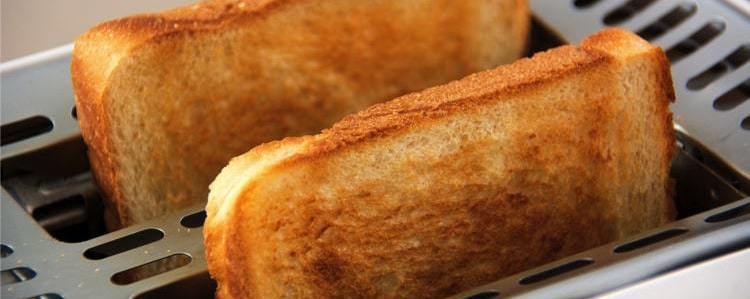Have you bought counterfeit electrical products?
Posted on 12th December 2022
You could have done. More than a third of us have bought counterfeit electrical products without realising it.
It’s difficult to tell, just by looking at items, so it’s important to be careful when you’re buying home appliances and even Christmas gifts.
See Electrical Safety First’s ‘Don’t be Electricked’ campaign for more information.
It highlights that the problem is growing as more products are bought online. Some online sellers are misleading customers with images taken from official product sites and fake official safety marks. They are often priced only slightly below the recommended retail price to avoid suspicion.
These products often contain unsuitable or faulty parts without the correct insulation and safety features, meaning they can be dangerous. They can overheat, catch fire, or give you an electric shock.
Electrical Safety First is urging people buying electrical products for home or work to be very cautious and to buy only from reputable sellers.
PAT and counterfeit electrical products
Portable appliance testing (PAT) helps to prevent injuries and fires in the workplace and rental properties; it can also identify dangerous counterfeit electrical equipment. Scheduled PAT programmes for all workplace electrical equipment will identify common faults and help to uncover counterfeit goods.
The British Electrotechnical and Allied Manufacturers' Association (BEAMA) says that electrical supply chains have been infiltrated by counterfeit equipment that has not been properly tested and certified. The facts are worrying:
over 22million counterfeit electrical products have been seized
at least one in three UK residents, the equivalent of 18 million people, have mistakenly bought a counterfeit electrical item online
counterfeit electrical products can include everything from domestic appliances to cables and leads, lighting products, power tools and wiring accessories.
Spotting fake electrical goods
Check reviews – be cautious about products that show all five-star reviews, especially if the reviewers aren’t verified.
Go directly to seller’s websites – if you see a product online that you want, rather than buying from a search result page or marketplace go directly to the seller’s website to confirm that this is a genuine outlet. If there isn’t an address or it’s just a PO Box, it could be a fake product manufactured overseas.
Look out for qualifications – if you see words like ‘authentic’ or ‘genuine’ this could be a clue that the product is counterfeit, especially if the price is lower than elsewhere.
Only use safe payment screens – genuine sellers will offer secure online payment options indicated with a padlock on the payment screen. Don’t buy from sites that don’t display this symbol.
Counterfeit plug campaign by PlugSafe
The increase in unsafe electrical plugs in the UK in recent years is highlighted by a special electrical safety initiative called PlugSafe.
Information is provided by a group of voluntary professional electrical engineers, working with industry bodies, to highlight the safety risks of faulty electrical appliances. Their work includes counterfeit fuses and plugs that have been marked with BS1363 but are unsafe.
The group wants to hear from anyone who has had problems with counterfeit plugs and cables. They want to be notified about issues with sparking, melting and burning.
If you have had any problems with counterfeit plugs, please visit the PlugSafe site and contact them with your story.
Electrical Safety First is asking people to sign a petition to help highlight the issue of counterfeit electrical products and solve this problem. You can sign up here.
Share this post:





